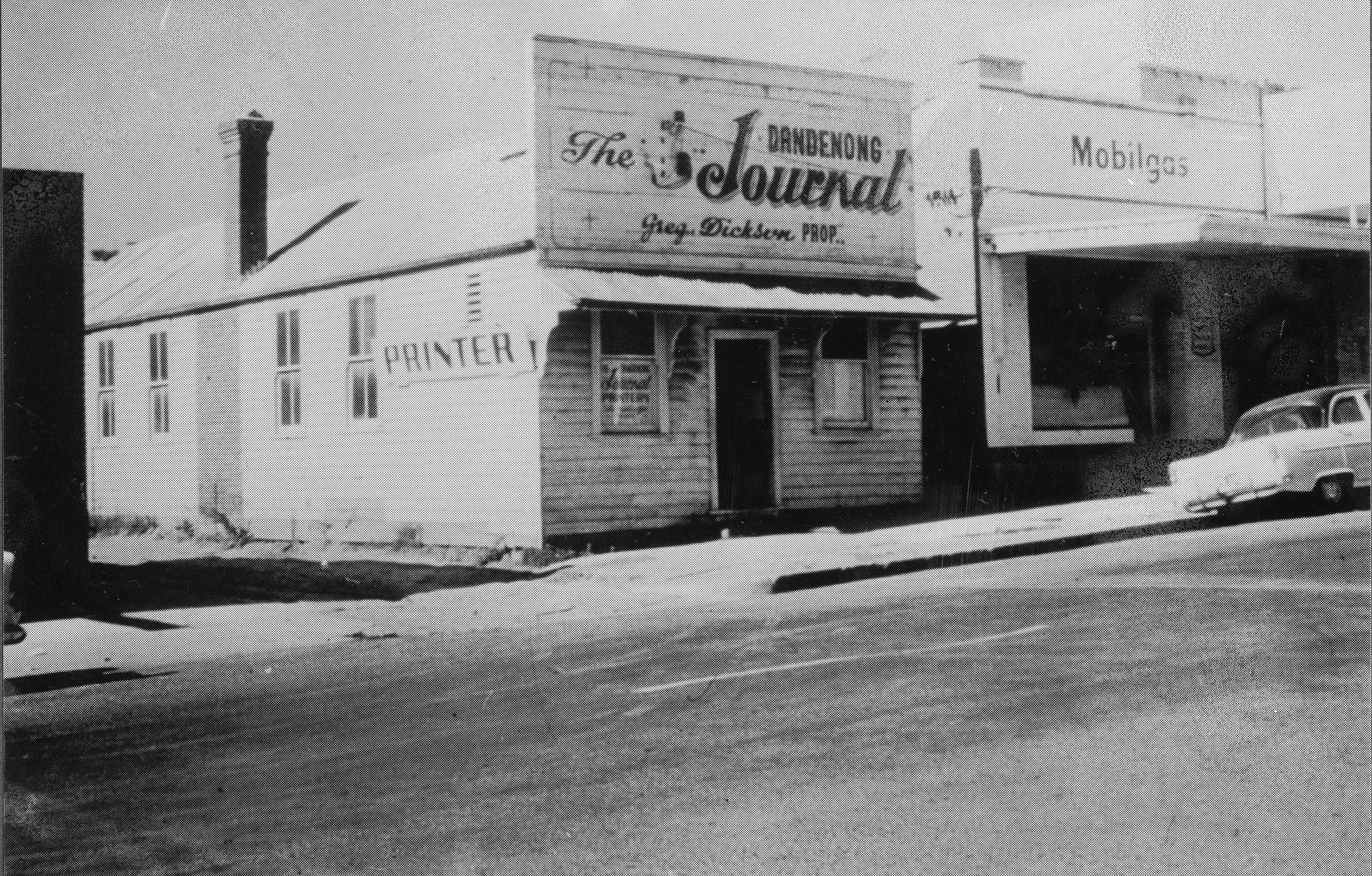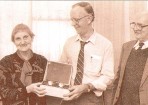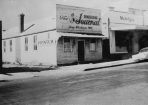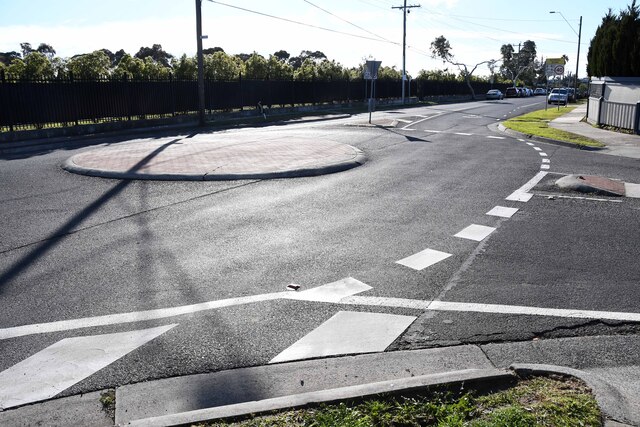By NARELLE COULTER
THE Dandenong Journal is one of the oldest and proudest community newspapers in Australia.
Founded as the South Bourke and Mornington Journal in 1865, it has been a reliable record of life in Dandenong and surrounding districts for close to 150 years.
When its Irish founder Harvey Roulston arrived in Victoria in 1853, Dandenong was a thriving settlement on the banks of the Dandenong Creek.
Roulston got ink under his fingernails learning the newspaper trade as a compositor at the iconic Argus.
He later struck out on his own, opening an office and printing works in Bridge Street, Richmond, where The Journal was first produced.
In 1875, Roulston relocated his business to Dandenong. Competition had sprung up in the form of the Dandenong Advertiser and he was determined that his paper would be the journal of record for the district.
To achieve that that he knew he needed to put himself and the paper at the centre of community life.
Roulston became an important and generous member of the community – setting a precedent of community involvement for Journal editors and proprietors throughout the next 100 years.
Such was the esteem in which Harvey Roulston was held that when he died in 1896, most businesses in town put up their shutters as a mark of respect.
Bill Roulston carried on his father’s legacy of passionate but fair community journalism, devoting 50 years of his life to running the newspaper.
Greg Dickson became editor and publisher when he bought The Journal on 1 August 1939. Dickson was a young reporter from Ouyen who learnt the newspaper business from his mother, one of the few female editors in Australia at the time.
He gave a teenage Marg Stork her first assignment, nurturing a career that has spanned more than 70 years. Now 90, Marg still writes for The Journal. See A Moment with Marg page 10.
Marg recalls customers patiently standing in line with threepence in their hands outside The Journal’s Scott Street office ready to purchase the paper.
Dickson modernised The Journal, building it up to 16 pages, scrapping the front page advertisements and introducing news headlines.
Throughout the ensuing decades, The Journal grew in stature and profitability, catching the eye of a young Rupert Murdoch who bought the paper from Dickson in 1961.
Four years later, John Woods’ long association with The Journal began when he joined as regional editor. One of his first tasks was overseeing the special centenary edition.
At the same time, The Journal’s home since 1900 in Scott Street was demolished and rebuilt. Eventually, in the 1970s burgeoning staff numbers forced a move to purpose-built premises on Frankston-Dandenong Road.
The move caused much consternation among staff worried about moving to industrial Dandenong South out of easy reach of their favourite watering holes.
The Journal was later purchased by Syme and Co, eventually joining the Fairfax stable. It was battered by the corporate upheaval that characterised Fairfax in the late 1980s, going into receivership with the rest of the company in the 1990s.
Staff recall having to seek approval from the receivers to buy office and photographic equipment.
Throughout the turmoil of this period, The Journal continued to hit the streets every Monday.
In 2010, The Journal underwent one of the biggest changes in its history when it became The Dandenong Weekly.
Gone was the traditional blue masthead replaced by bright green. The front page news story also disappeared replaced by a full page photograph.
In 2012, The Journal was acquired by Metro Media Publishing and its blue masthead was reinstated.
However, within 12 months the paper returned to its family-owned roots when it was purchased last month by the Thomas family’s Star News Group.
As the voice of the community, The Journal is integral to the future of Greater Dandenong as it documents the changing face of the city, continues to tell the stories of residents old and new and holds those elected to positions of power to account.
Harvey Roulston would be proud.










